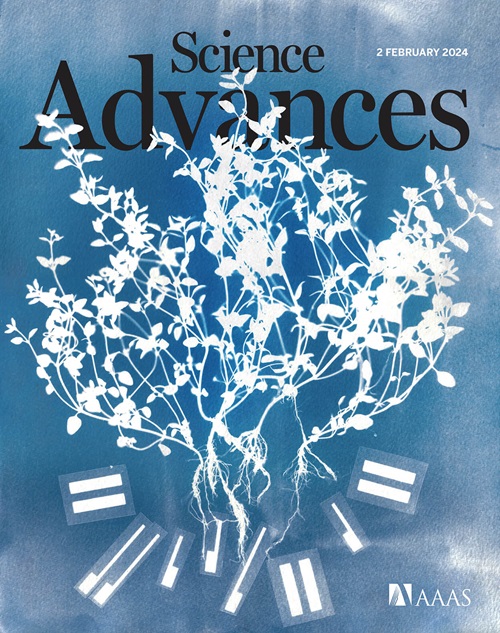Tempests in the troposphere: Mapping the impact of giant storms on Jupiter’s deep atmosphere
IF 11.7
1区 综合性期刊
Q1 MULTIDISCIPLINARY SCIENCES
引用次数: 0
Abstract
Storms are emerging as key drivers in shaping hydrogen-dominated atmospheres. Trace gas condensation can suppress convection and disrupt the distribution of energy and material in hydrogen atmospheres. On Jupiter, the presence of water has been invoked to control the occurrence of large-scale storms; however, the impact of storms on the ammonia and temperature distribution is unknown. We use Juno Microwave Radiometer observations of a large-scale storm in 2017 to study the aftermath of such a storm on the atmosphere. Anomalies in the retrieved ammonia abundance and atmospheric temperature show how storms deplete and heat the upper atmosphere while simultaneously depositing material well below the layers they were triggered at. These observations, aided by simulations, show that the water and ammonia cycles are coupled and that their combined effect plays a key role in explaining the depletion of ammonia in the tropospheres of Jupiter and Saturn.

求助全文
约1分钟内获得全文
求助全文
来源期刊

Science Advances
综合性期刊-综合性期刊
CiteScore
21.40
自引率
1.50%
发文量
1937
审稿时长
29 weeks
期刊介绍:
Science Advances, an open-access journal by AAAS, publishes impactful research in diverse scientific areas. It aims for fair, fast, and expert peer review, providing freely accessible research to readers. Led by distinguished scientists, the journal supports AAAS's mission by extending Science magazine's capacity to identify and promote significant advances. Evolving digital publishing technologies play a crucial role in advancing AAAS's global mission for science communication and benefitting humankind.
 求助内容:
求助内容: 应助结果提醒方式:
应助结果提醒方式:


